In this issue:
- Bold proposals show that elections matter
- Reopen with reuse
- Can we finally get the lead out of water?
- How the Clean Water Act can tackle PFAS
- Getting PFAS out of fast food packaging
- Stopping dangerous pipelines
- Roadmap to Reform
- Download this issue
Bold Proposals from the Biden Administration Highlight Why Elections Matter
The Biden administration has moved quickly to engage in the fight against the climate crisis, protect our water, put a government-wide focus on environmental justice and more. In April alone, the Administration proposed the American Jobs Plan, released its budget request for Fiscal Year 2022, and announced new emissions targets, pledging to cut climate-changing emissions by 50% by 2030.
The American Jobs Plan is a far-reaching infrastructure proposal that would create good paying jobs and includes plans to replace 100% of lead service lines across the nation, cap orphan oil and gas wells, and end subsidies for the fossil fuel industry. The budget request for FY 2022 includes additional funding to rebuild and strengthen EPA after years of flat budgets. The Biden administration is acting with such speed and purpose because it got the message from the voters in November.
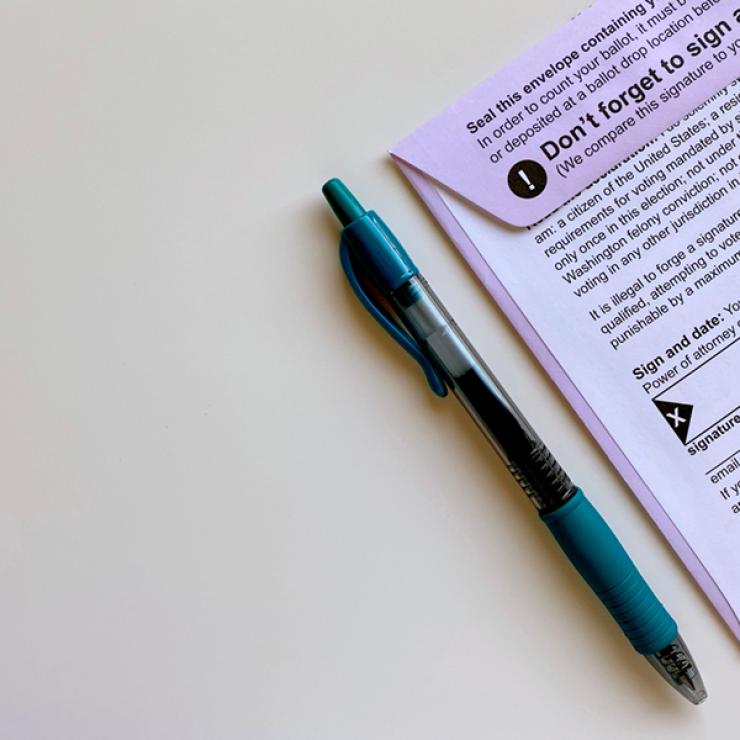
Elections matter.
That’s why Clean Water Action is doing everything it can to help pass the For the People Act and the John Lewis Voting Rights Act. The right to vote is under threat across the nation. States like Georgia and Iowa have already passed laws that will make it harder to vote and Texas will soon follow suit. Black, Indigenous, and other voters of color will be most impacted by these new restrictions. These state bills make passing the For the People Act and the John Lewis Voting Rights Act even more critical.
The John Lewis Voting Rights Act would restore and strengthen the Voting Rights Act of 1965, which was significantly weakened by the Supreme court in 2013.
The For the People Act would:
- Expand and protect voting rights and access to the ballot;
- Put people and communities ahead of big money donors;
- End gerrymandering so that electoral districts are fairly drawn;
- Clean up government and hold elected officials to the highest ethical standards.
Reforming our democracy is essential to protecting our water, taking bold action to address the climate crisis, and protecting our communities. The influence of corporate special interests has slowed or even reversed progress cleaning up PFAS pollution, safeguarding drinking water sources, and holding polluters accountable. As Clean Water Action documented in 2016 and 2017, the fossil fuel industry has used its dark money to weaken protections, skirt accountability, and enrich itself while putting our water at risk and contributing greatly to the climate crisis.
Let’s Reopen With Reuse
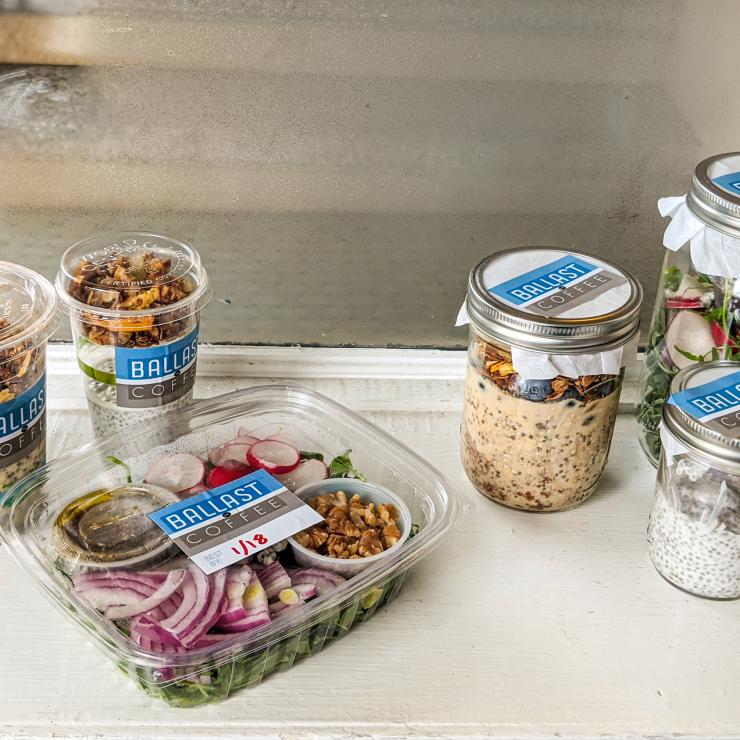
As vaccines become more widely distributed, communities and businesses begin to re-open and welcome the public in-person. This is good news for workers and our local economies. But we have to do it right. That’s why Clean Water Action and allies are calling on our favorite restaurants and public venues to reopen with non-toxic reusable products.
Despite data supporting the safety of reusables during the pandemic and advice from more than 130 public health and medical experts, many restaurants still think that single-use plastic foodware is the safest option to protect our health from COVID-19. That’s simply not true — but the plastics industry is pushing this myth as a way to ensure restaurants continue to purchase plastic products.
Restaurant owners and managers must be reassured that reusable products are safe and that their customers want to be served with them. That’s why Clean Water Action and allies developed the Reopen with Reuse statement.
Clean Water’s ReThink Disposable project has been engaging restaurants in California, New Jersey, and beyond. Staff will relay the Reopen with Reuse statement and let them know how many people have signed the statement. If these businesses are not already serving in reusables, the thumbs-up for reopening with reuse from the public will give restaurants the confidence to serve their food in reusables.
Clean Water and their allies also plan to approach the Center for Disease Control to request that the agency update its restaurant reopening guidelines to be more reuse friendly. Currently CDC recommends the use of single-use foodware, which is contrary to statements released by scientists, the USDA and FDA that, “there is no credible evidence of food or food packaging associated with or as a likely source of viral transmission.”
Please join the campaign by signing the Reopen with Reuse statement.
Lead Is On the Table. Can We Get it Out of the Water?
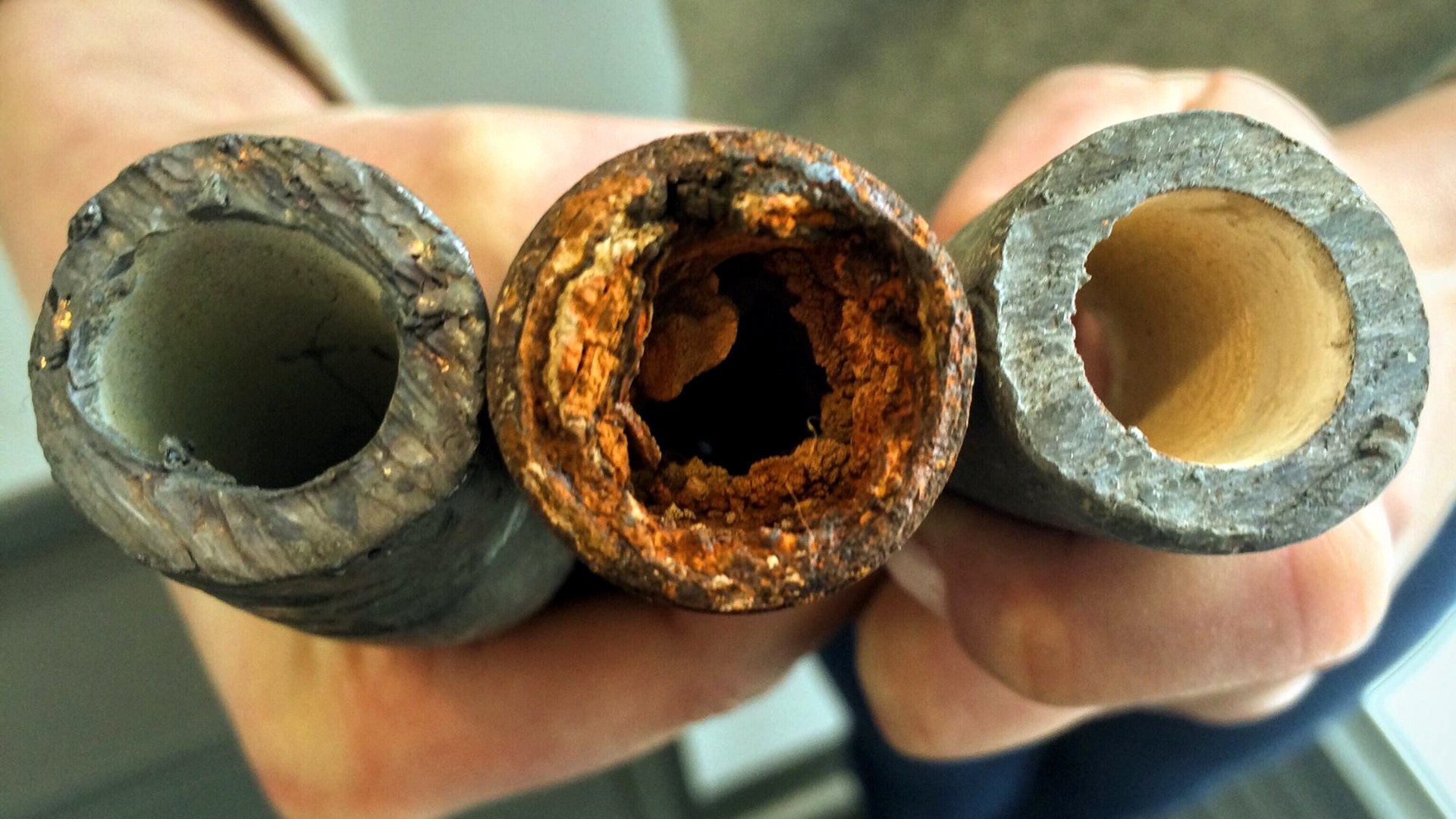
With President Biden proposing $45 billion in federal funding to replace lead service lines in drinking water systems, we might be closer to removing the largest source of lead in drinking water than we have ever been.
There is broad public and policymaker support for funding lead service line replacement. A poll conducted by the Blue Green Alliance, Black Millennials for Flint, and the Environmental Defense Fund shows remarkable public support for funding lead service line replacement. Support for federal funding of replacement is bipartisan and consistent across the country, with over 79% of voters saying the federal government should make lead service line replacement a priority.
Communities want to get the lead out. In 2016, Clean Water Action worked with a diverse group of organizations to found the Lead Service Line Replacement Collaborative to accelerate voluntary lead service line replacement efforts. The Collaborative’s on-line tools and webinars help water systems, public health officials, consumers, and others navigate the decisions and activities involved in setting up a full lead service line replacement program. The Collaborative has posted the first in a series of case examples of communities overcoming the challenges around lead service line replacement. Clean Water Action’s Maureo Fernandez y Mora describes how working with local groups and water system staff in Chelsea, Massachusetts helped overcome three significant challenges — funding concerns, lack of public awareness, and the need for public trust.
Federal investment can dramatically reduce lead exposure and address inequity. This investment addresses inequities in current approaches to lead service line replacement. EPA’s environmental justice analysis of the LCR proposal found that requiring customers to contribute to the cost of replacement has a disparate impact on people of color and low-income communities. Federal funding that covers the entire cost of lead service line replacement, whether the pipe is under public or private property, removes that built-in inequity.
Regulation is on the table. The Biden administration is reviewing federal regulation meant to reduce lead at the tap in water provided by regulated water systems. During the revision process for the “Lead and Copper Rule,” we advocated that water systems should be required to fully replace lead service lines, regardless of whether the pipe is considered to be owned by the water system or the homeowner. We also argued that the only way to avoid disparate impact on people who can not afford to contribute to this replacement is to require the system to cover the full cost. We didn’t take our recommendation lightly. It’s a big task for water systems with a lot of lead service lines. And most of all, costs would generally be passed on to the system’s ratepayers and the community. The U.S. Environmental Protection Agency (EPA) estimates that there are 9.3 million lead services lines. Using the average $5,000 cost for replacement, $45 billion in federal investment removes the biggest barrier and the most compelling argument against an ambitious requirement to finally get the lead service lines out.
It’s time to put lead service lines behind us. We continue to learn more about the health impacts of lead at any level on both children and adults. We need to move more aggressively to address all sources of exposure, including from paint and dust in homes which remain the largest sources for most people. Acting decisively to remove the largest source of lead in drinking water is part of a holistic approach to protecting public health from lead.
Clean Water Act Programs Can Tackle PFAS “Forever Chemicals” at the Source
The pollution prevention programs of the Clean Water Act (CWA) provide valuable tools the U.S. Environmental Protection Agency (EPA) and states can use to prevent PFAS from getting into our nation’s water resources in the first place.
PFAS (per-and poly-fluoroalkyl substances) are a class of human-made chemicals that are toxic even in very low concentrations. Because they are stain and oil resistant and repel water, PFAS have been widely used since the 1950s in many common consumer products, including carpets, clothing, cookware, cosmetics, and food packaging. These “forever chemicals” are highly persistent and mobile in the environment, which means they bioaccumulate and travel unchanged through streams, rivers, and other water bodies, including drinking water sources. PFAS are linked to serious health problems including damage to liver, thyroid, and pancreatic function, immune system harm, hormone disruption, high cholesterol, and cancer.
Clean Water Act 101
The Clean Water Act (CWA) was passed in 1972 with the objective “to restore and maintain the chemical, physical and biological integrity of the nation’s waters.” The CWA safeguards rivers, streams, lakes, and wetlands by limiting the amount of pollution that flows into them.
Both EPA and states share responsibility to fulfill the requirements of the CWA. EPA’s primary role is to implement and enforce water pollution control programs, such as Effluent Guidelines, which are wastewater standards established for different industries. EPA also develops national water quality criteria for pollutants—how much of a particular pollutant can be present in surface water before it is likely to harm human health or aquatic life. States are responsible for most of the day-to-day implementation and enforcement of the CWA, such as managing water pollution permit programs. States also establish, review, and revise water quality standards that define goals and pollution limits for protecting waters within their borders.
States must follow the minimum EPA regulatory requirements and some even have stricter pollution regulations. Other states have laws or constitutional limits that prohibit them from passing regulations more protective than federal requirements, which is why having strong national water pollution standards is vital.
How is EPA using the Clean Water Act to address PFAS?
EPA is the early stages of gathering the information needed to revise CWA effluent guidelines and standards for certain industrial categories — organic chemicals, plastics, and synthetic fibers — to require them to control discharges of PFAS in the future. EPA is also developing new analytical methods to test for PFAS in wastewater. These methods will make it easier for states to monitor for PFAS in wastewater discharges.
In January 2021, EPA finalized its revised Industrial Stormwater General Permit, which includes recommendations on practices that could be used to limit PFAS stormwater discharges. Though this permit only applies to certain federal facilities, non-state territories, and the four states that EPA administers discharge permits for, other states often use EPA’s general stormwater permit as a model for their own. EPA has also issued an interim CWA permitting strategy for PFAS that recommends monitoring and best management practices to control PFAS in wastewater and stormwater discharges.This interim strategy only applies to states and U.S. territories where EPA is the permitting authority.
EPA can — and should — do more to regulate PFAS in surface waters.
Rather than issuing weak recommendations or guidance, EPA should act swiftly to regulate PFAS in our nation’s surface waters using its authority under the Clean Water Act.
At a minimum, EPA should:
- Issue a memo to states reminding them of their duty to regulate PFAS in NPDES permits
- Revise effluent guidelines and standards for all industries known to discharge PFAS in order to eliminate or drastically reduce this toxic pollution
- Require pretreatment standards for industries using PFAS that send their wastewater to municipal wastewater treatment plants, and consider prohibiting significant industrial users from discharging PFAS to these treatment plants
- Establish health based water quality criteria for PFAS in surface waters
- List PFAS as a toxic pollutant under the CWA, which would trigger PFAS to be added to the CERCLA hazardous substance list
Using the tools of the Clean Water Act shifts the burden away from downstream communities to clean-up PFAS and back on to the polluters who financially benefit from using these toxic “forever” chemicals.
Getting PFAS Out of Fast Food Packaging
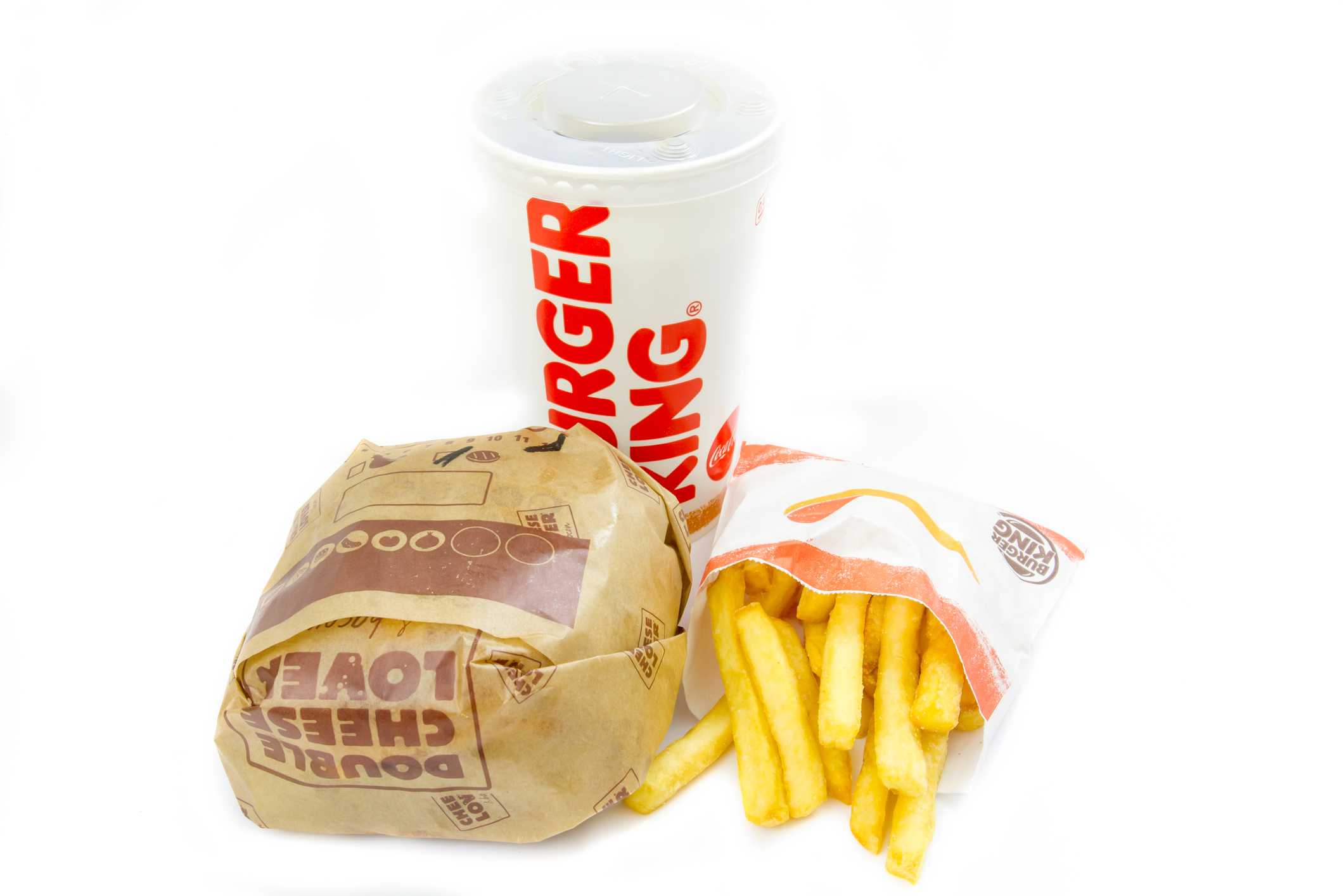
Momentum is building to get toxic PFAS (per- and polyfluoroalkyl substances) out of food packaging. Just a few months ago, after a campaign by Clean Water Action and the Mind the Store campaign, McDonald’s announced a global ban on this toxic “forever chemical” in their food packaging by 2025. This is really big news — McDonald’s is the largest fast-food chain in the world, selling over one million Big Macs a day in the United States alone. McDonald’s also disclosed that they have already removed other toxic chemicals like phthalates and BPA (bisphenol-A) from its packaging.
This victory affects everyone, even if you don’t eat at McDonald’s. PFAS from food packaging ends up in our trash and in our water. This is particularly important for communities that host landfills and trash burners. These communities are on the receiving end for toxic packaging once it’s thrown out. Because PFAS is a “forever chemical”, meaning that it persists in the environment and in our bodies, PFAS-coated packaging is a long term toxic threat for everyone, but especially these communities.
This is a big victory, but the campaign is not over. Other companies must follow McDonald’s lead and get PFAS out of their food packaging. We can continue to build momentum for a nationwide ban by getting more fast food giants on board. That’s why Clean Water Action and the Mind the Store Campaign are focusing on Burger King right now.
Recent testing found that these chemicals are likely being used in packaging for multiple items at Burger King — including the Whopper. And they sell more than 2 million Whoppers a day!
If two of the biggest fast-food chains in the world make this change, it will have a huge impact on the industry — and build momentum for a nationwide ban. Please join Clean Water Action in calling on Burger King to phase out toxic PFAS from their products.
Taking Action on Dangerous Pipelines

The Deepwater Horizon oil spill in 2010 was an ecological catastrophe. A few months later, the Kalamazoo River in Michigan experienced a similar disaster — one of the largest inland oil spills in US history. Between 800,000 and 1 million gallons of oil flowed from a 6 foot pipeline break into the river over 35 miles. That pipeline was Enbridge’s Line 6B. A decade later, Clean Water Action is fighting different Enbridge pipelines in Michigan and Minnesota to prevent a similar catastrophe to our freshwater resources.
In Michigan, the Line 5 dual pipelines transport 23 million gallons of oil under the Straits of Mackinac, between Lakes Michigan and Huron. Built in 1953, it was only meant to last 50 years and has already spilled at least 1.1 million gallons. Should a spill happen in the Straits, 6.6% of the fresh accessible water on Earth is at risk and those along the shorelines — including tribal nations with treaty rights promising access to these waters — will be hard hit.
After years of activism and organizing, Clean Water Action and allies won a big victory when Governor Whitmer revoked Line 5’s easement under the Straits. Enbridge is ignoring this and continuing to operate Line 5 while fighting this decision with misleading ad campaigns and court challenges.
Enbridge has proposed a tunnel underneath the Straits to replace Line 5. The proposed tunnel not only would keep the dangerous Line 5 pipeline open for years during construction, engineers have raised multiple red flags about the difficulty in building a tunnel in the Straits. The permits are currently under review by the Michigan Public Service Commission, and Clean Water Action won a victory this April when it was agreed climate impacts must be considered in their decision. We have seen progress, but both fights are far from over.
In Minnesota, Enbridge is building a replacement to the current 53 year old Line 3 pipeline. The project would cross over numerous wetlands and watersheds and over treaty territory of Anishinaabe peoples. On December 1st, 2020, despite incredible public opposition to the project, the Minnesota Pollution Control Agency and Army Corps of Engineers granted the final permits for Line 3.
Since construction began, efforts to stop the project have only grown both in the courts and through nonviolent protests led by Indigenous tribal members. Clean Water Action has been supporting the efforts to stop construction of Line 3, and ensure that our water, climate, and environment are kept safe, and treaty rights are upheld.
We must show our elected officials that protecting water, climate, upholding treaty rights and building a sustainable future is important to us. Clean Water Action will continue to work alongside allies in the courts, through government agencies, and on the ground — and you can help.
Urge President Biden to prioritize protecting clean water over risky fossil fuels. Neither Michigan nor Minnesota benefit from the Canadian tar sands oil Enbridge transports, and both accelerate climate change. Ask President Biden to respect Michigan’s decision to shut down Line 5 and to order robust and thorough environmental impact statements including analysis of the climate impacts for Line 3 and the proposed Line 5 tunnel. Go to cleanwater.org/pipelines and take action.
New Report on Protecting Water from Oil and Gas Production
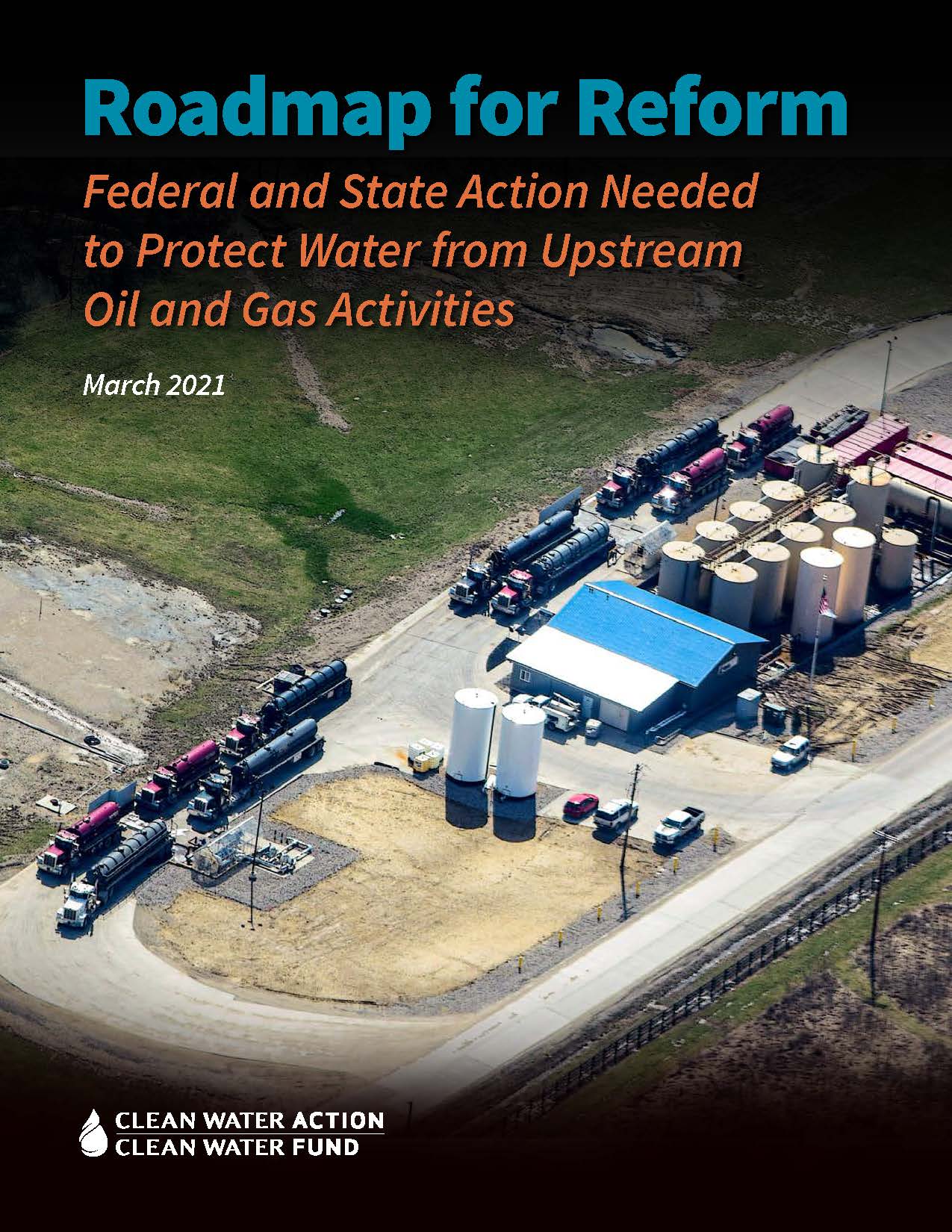
The oil and gas industry wields enormous political power, leveraging massive spending on elections and lobbying into outsized influence on the nation’s political, legislative and regulatory processes. It parlays that power into loopholes, exemptions, and special treatment in nearly all federal environmental protections. This means that the public pays with risk to our water, health and environment when the industry profits.
Clean Water Action is out with a new report about how the Biden Administration and states can close the loopholes and exemptions in Clean Water Act and Safe Drinking Water Act programs to better protect water quality from oil and gas production activities. The “Roadmap for Reform” builds on more than a decade of work investigating and exposing how oil and gas activities threaten water and advocating for better protections.
The Clean Water Act set the goal of eliminating pollution in our rivers, lakes and streams. But the fossil fuel industry has ensured weak regulations in the effluent limitation guidelines (ELG) program, which amount to loopholes that enable oil and gas producers to discharge pollutants directly and indirectly into those water bodies and to send their waste to ill equipped treatment facilities. EPA has tools at its disposal to stop this, and needs to use them.
The Safe Drinking Water Act (SDWA) Underground Injection Control (UIC) Class II program regulates the injection of fluids for oil and gas production and wastewater disposal and is meant to protect underground sources of drinking water (USDWs) from injection activity. This program has failed to keep up with changes in the oil and gas industry over the four decades since its inception and prioritizes fossil fuel development over actual drinking water protection. EPA needs to stop sacrificing groundwater for oil and gas production and must update the regulation of injection wells.
We can achieve the Clean Water Act’s goal of eliminating pollution in our rivers, lakes and streams, and the Safe Drinking Water Act’s mandate to fully protect underground sources of drinking water. But to get there, we need EPA to get to work ending the preferential treatment that oil and gas companies have enjoyed for decades.
To learn more, visit www.cleanwater.org/roadmap
